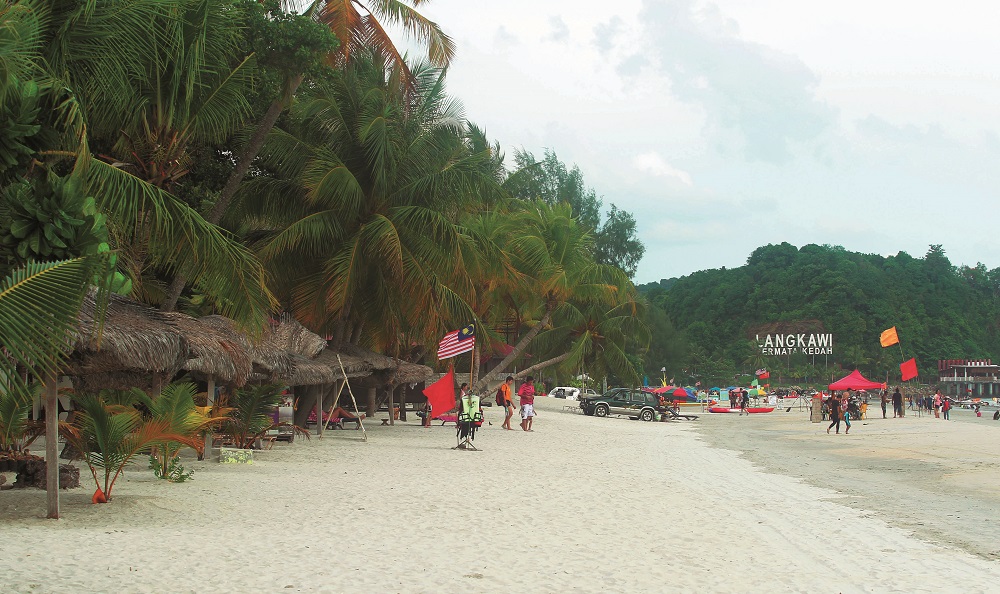
THE cluster of 99 islands that make up Langkawi lies off the west coast of Malaysia. Kuah, the capital, is located on the main island, which is where most of the tourism activities take place. Langkawi is part of Kedah, one of Malaysia’s northernmost states.
The duty-free status of the archipelago since 1987 has helped to boost tourist numbers and the Langkawi Development Authority (LADA) is looking to increase it even furthere via several initiatives, according to the “Langkawi: Tourism Overview” report published by Zerin Properties.
This includes rebranding it as a cosmetic-tourism destination “with the development of the Langkawi Cosmetic Island that is similar to the Loire Valley in France … The creation of the centre hopes to attract world renowned cosmetic producers of various brands to set up their branches and produce their products fully in Langkawi beginning with the process of obtaining raw materials, such as herbs and flowers, right up to the end product”.
New high-end hotels have been built, and others are in the pipeline to cater for high-net-worth tourists, which at the moment are low in number, according to the report. St Regis was opened in April and Teluk Datai will be ready to welcome guests before the year end. In 2017, there will be a Parkroyal hotel.
Furthermore, the development of the Kulim International Airport on the mainland may channel more tourists to Langkawi. The report notes that tourists will be able to take a ferry to the island after landing at Kulim. Previndran Singhe, group CEO and founder of Zerin Properties, tells City & Country that there is a proposal for the terminal to be upgraded.
The airport, to be constructed on 600ha allocated by the state government, will cost RM1.6 billion.
Report highlights
The Langkawi Tourism Blueprint (2011 to 2015) was officially launched on Dec 8, 2011, with the purpose of increasing tourist arrivals and spending and the targets of at least three million tourists and investment of at least RM5 billion have been achieved. Tourist arrivals since 2012 have steadily risen from 3.06 million to 3.62 million in 2015, while investment rose from RM5.08 billion to RM11.9 billion.
The majority of tourists are domestic tourists. The Zerin Properties reports states that in 2015, the Langkawi International airport handled 2.336 million passengers, but only 176,000 of these were international passengers, mostly from China and Singapore. Meanwhile, about a million international visitors reached Langkawi via KL International Airport.
“This shows a clear need for more international flights [to Langkawi]” the report says. Currently, there is only one direct international flight from Guangzhou in China to Langkawi.
The report points out that tourist arrivals peak near the end of the year and suggests that more events be organised to capitalise on this.
To further enhance tourism, the Langkawi Tourism Blueprint (2016-2020) was launched in May this year, says the report.
Accommodation matters
According to the report, the island sees a mix of budget day travellers all the way to high- net-worth individuals. However, the spread is not even.
In 2014, there were 9,000 rooms, only 40% of which were in the 4 and 5-star categories, compared with 55% in Hawaii, 48% in Mauritius and 44% in Bali. However, the supply of such rooms is set to increase with several luxury hotels like the Ritz Carlton, Parkroyal and The Burau in the pipeline. It is estimated that by 2017, the number of rooms will rise from 9,000 to 15,000.
Another confirmation that high-net-worth individuals should be a market to focus on is a study by Universiti Putra Malaysia, which found that the biggest group of tourists were in the 26 to 35 age group, the second biggest ranged from 18 to 25 years in age, and the smallest group were those 46 years and above.
“This is worrying as people of that age are usually more established in their careers and are usually the big spenders. Failure to attract people of this age group would mean that Langkawi stands to lose out on a major potential source of revenue,” says the report.
Occupancy still strong
Hotels in Langkawi recorded occupancy rates of 75% to 95% in 1Q2016. “Langkawi, one of the hotel markets with the highest average daily rate (ADR) in the country, is expected to continue performing well with the recent opening of the St Regis hotel and the upcoming premium luxury brands that are slated to enter the market between the end of 2016 and 2017,” says the report. “Some significant movements of the room rates in the future are forecast with the influx of premium luxury brands, which will broaden Langkawi’s hotel market that was mainly dominated by the Four Seasons, Westin and The Datai.”
Tourism products
Besides the cosmetic-tourism initiative to attract tourists, LADA has given its support to more than 20 events over the past two years, including the Langkawi International Mountain Bike Challenge. Other projects in the pipeline include its first water theme park, Langkawi Water Kingdom, which will be completed in eight months.
“Chairman of Halim Maim Group, Tan Sri Halim Mohammad, said RM60 million has been allocated for the first phase development of the Langkawi Water Kingdom, which will boost future tourism demand,” says the report.
The Langkawi International Convention Centre (LICC), meanwhile, boasts international standard facilities and will allow business and other types conferences to be held on the island.
Recommendations
The report recommends that more be done to preserve the natural beauty of the islands, which is the main source of tourism. It suggests a bottom-up approach for future development that focuses on economic, social and environmental sustainability. This means involving the local residents in the decision-making process.
In addition, it suggests a zoning system based on supply, branding and resources. For instance, the northwest could be designated for luxury stay, and the Chenang beach area for family activities.
Lastly, healthcare infrastructure and personnel, which is lacking at the moment, needs to be improved to cater to the increase in tourists who may need emergency medical attention. At the moment, there is “no medical evacuation possible by air to a better equipped hospital”.
All in all, Langkawi continues to show much promise as a tourist destination of choice for local and international travellers.
This article first appeared in City & Country, a pullout of The Edge Malaysia Weekly, on Oct 10, 2016. Subscribe here for your personal copy.
TOP PICKS BY EDGEPROP
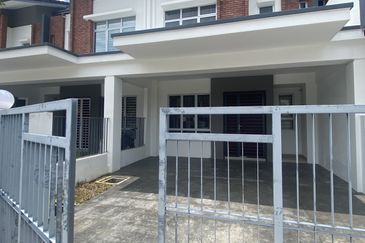
Livia @ Bandar Rimbayu
Telok Panglima Garang, Selangor
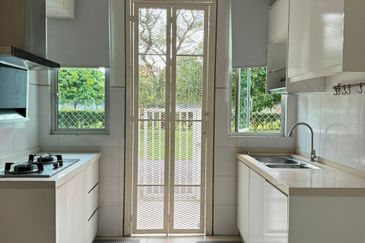
Chimes @ Bandar Rimbayu
Telok Panglima Garang, Selangor
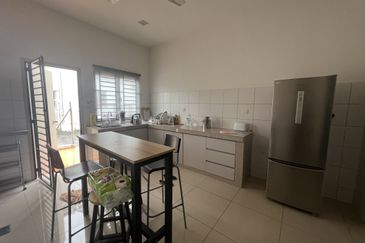
Penduline @ Bandar Rimbayu
Telok Panglima Garang, Selangor

Penduline @ Bandar Rimbayu
Telok Panglima Garang, Selangor

Robin @ Bandar Rimbayu
Telok Panglima Garang, Selangor
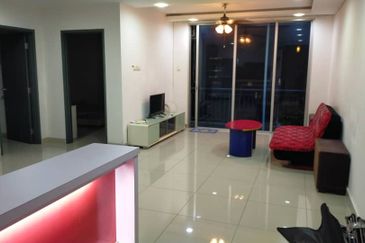
D'Ambience Residences (Ikatan Flora), Bandar Baru Permas Jaya
Permas Jaya/Senibong, Johor

D'Carlton Seaview Residences (Seri Mega)
Masai, Johor

Apartment Tanjung Puteri Resort
Pasir Gudang, Johor

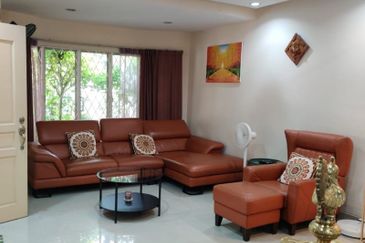
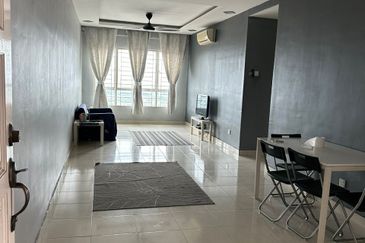
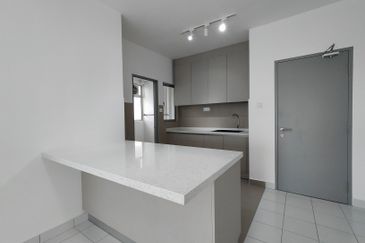

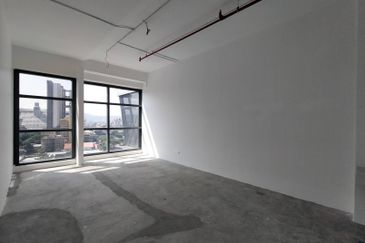

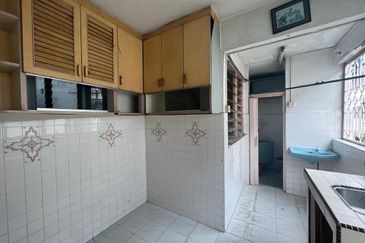


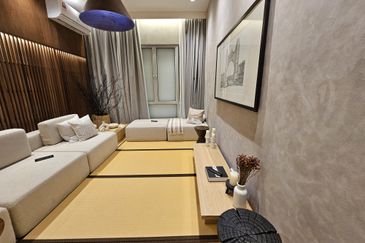

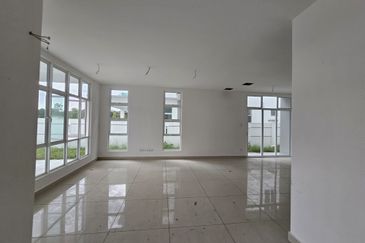
hero.jpg?GPem8xdIFjEDnmfAHjnS.4wbzvW8BrWw)



